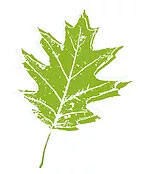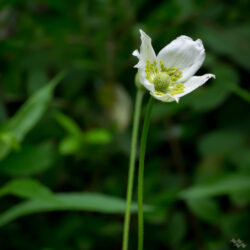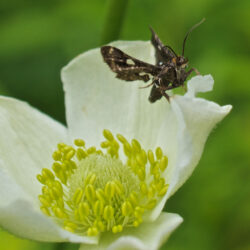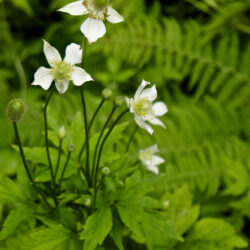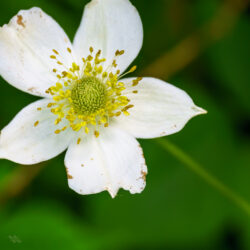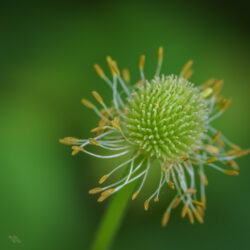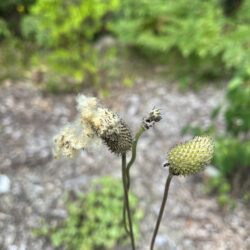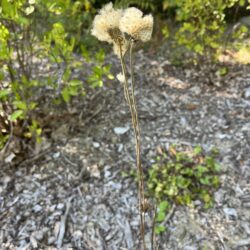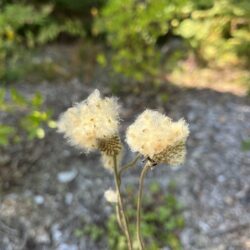Etymology
Anemone comes from the Greek word for wind (anemos). Virginiana refers to location of Virginia.
Native Habitat
River edges, flood plains, moist to dry woodland edges.
Garden Uses
Moist, partly shaded perennial borders, woodland edges, and naturalized gardens. Flowers, foliage, and seed heads are attractive.
Overview
Elegant white flowers (1 - 1/2 inches in diameter) on tall (3 foot) green upright stalks, with deeply-toothed green foliage make this species an attractive addition to native gardens. Unlike Canada anemone, which spreads by rhizomes, this species has a tap root and is more likely to blend safely into mixed garden borders. All parts of this species can be poisonous if ingested, and some people may develop blistering from exposure to the sap.
Leaves and Stems
Whorled, serrate, deeply toothed green leaves. Sturdy, upright, green, hairy stems.
Flowers
Tall thimbleweed produces long-lasting, white flower . The 3/4 to 1-1/2" diameter flower has five greenish-white petals (which are actually sepals) and a yellow center (which is composed of stamens). The seed head resembles a thimble.
Fruit/Seed
Distinctive thimble-shaped seed heads are ornamental and become fluffy as they release their seeds in autumn. Seed heads may remain on plant throughout winter providing food for birds.
Wildlife Associates
Attracts native bees. Deer and rabbit resistant.
Propagation
Collect seeds in early autumn and cold stratify. Propagate by plant division in spring or autumn.
Ethnobotanical Uses
Poisonous to ingest; also a skin irritant for some people.
Garden Location
Reflection Garden (see garden map)
Sources
Lady Bird Johnson Wildflower Center
Missouri Botanical Garden
The North Carolina Extension Gardener Plant Toolbox
Prairie Moon Nursery
Plant Profile by Kate O'Dell
